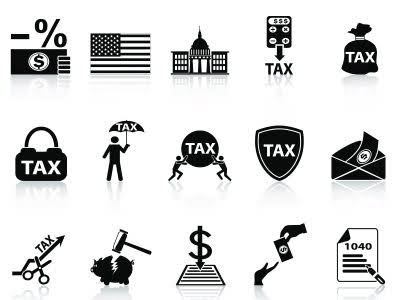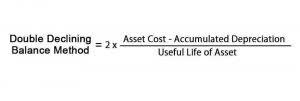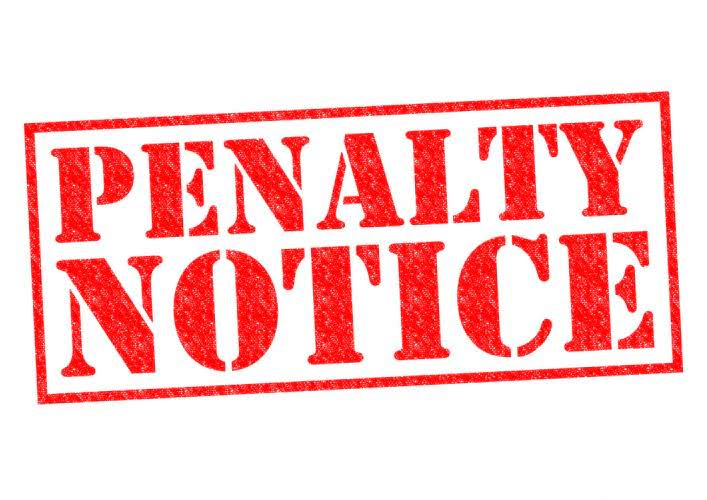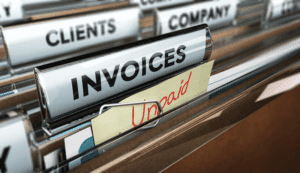
A sample recordkeeping system is illustrated at the end of this part. Instead of figuring actual expenses, you may be able to use the standard mileage rate to figure the deductible costs of operating your car, van, pickup, how long do you have to keep records for a business or panel truck for business purposes. You can use the standard mileage rate for a vehicle you own or lease. The standard mileage rate is a specified amount of money you can deduct for each business mile you drive.
You’ll want to keep some records and documents longer than others. It all depends on the document and your business.
Creditors, business lawyers, and insurance companies all sometimes require you to keep records longer than the IRS does. Keep all records of employment taxes for at least four years. Also, keep documents related to any potential legal claims or lawsuits. Finally, keep deeds and titles to cars and other property.
Publications

Although we can’t respond individually to each comment received, we do appreciate your feedback and will consider your comments and suggestions as we revise our tax forms, instructions, and publications. Do not send tax questions, tax returns, or payments to the above address. If you’re a corporation, you’ll also need to keep any director or shareholder meeting minutes and a stock ledger. Other key ownership and business documents should be kept permanently, including deeds, titles, property records, and any contracts. The main reason to maintain business records is for tax and auditing purposes. In some cases, the IRS can audit your business after the three-year mark.
- This method of deducting the cost of business property is called depreciation.
- As in the journal, he keeps each major expense in a separate column.
- It says businesses should keep records not covered under statute-specific retention periods for at least three years.
- Report the tax on Form 2290, Heavy Highway Vehicle Use Tax Return.
- The business checkbook is your basic source of information for recording your business expenses.
Period of limitations that apply to income tax returns
- Although, some partnerships and S corporations must use a particular tax year.
- Table 3 contains the periods of limitations that apply to income tax returns.
- For examples of changes that require approval and information on how to get approval for the change, see Pub.
- Leases and insurance policies can be used to help your negotiating position when it comes time to renew, and you will want to keep them until they are replaced.
- Use Form 1120-W, Estimated Tax for Corporations, to figure the estimated tax.
- Do not send tax questions, tax returns, or payments to the above address.
Your team also answers questions and completes your tax prep ahead of filing. We can even handle your tax filing and provide unlimited, on-demand consultations with a tax professional. The responsibility to substantiate entries, deductions, and statements made on your tax returns is known as the burden of proof.
The Right Accountant for Your Acquisition
You may need them for credit purposes, and they help provide you with a snapshot of how your business has done over time. Small business owners may choose any recordkeeping system that fits their business. They should choose one that clearly shows income and expenses. Except in a few cases, the law does not require special kinds of records. Although the tax preparer always signs the return, you’re ultimately responsible for providing all the information required for the preparer to accurately prepare your return.
Very late returns
Your employer identification number (EIN) or tax ID Number is like a social security number. It can never be assigned to another business, and you should retain it permanently, even if you no longer operate your business. If you don’t file a return at all, the IRS can come after your business at any time. The CRA’s permission only applies to records you have to keep under legislation it administers. The CRA is not authorized to approve the destruction of records you have to keep under other federal, provincial, territorial or municipal laws.
Keeping track of your records means that you claim all expenses that you’re allowed — helping to reduce how much you have to pay at tax time. These records allow companies to both prepare their tax returns and prove the return’s accuracy during tax audits. The IRS and other tax authorities can deny deductions for unsubstantiated expenses, potentially leading to interest and penalties. Your Bench bookkeeping team automates your financial admin, connecting bank accounts, credit cards, and payment processors to import information into our platform.

Table 1. What New Business Owners Need To Know About Federal Taxes
Remember, the burden of proof for everything on your tax return is on you. It’s your responsibility to be able to prove the expenses that you deduct with adequate https://www.bookstime.com/ records. One part of being a business owner means keeping records for everything, including what you’ve earned, what you’ve spent and where you’ve traveled.








